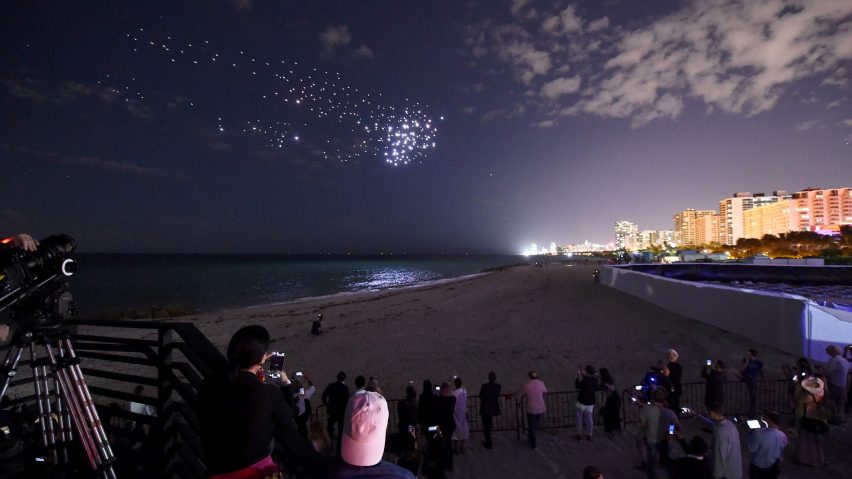
10 ways drones are changing the world
This week Dezeen released Elevation, an 18-minute documentary that explores the impact drones will have on our lives. Here, we take a look at 10 innovative ways drones will change the world.
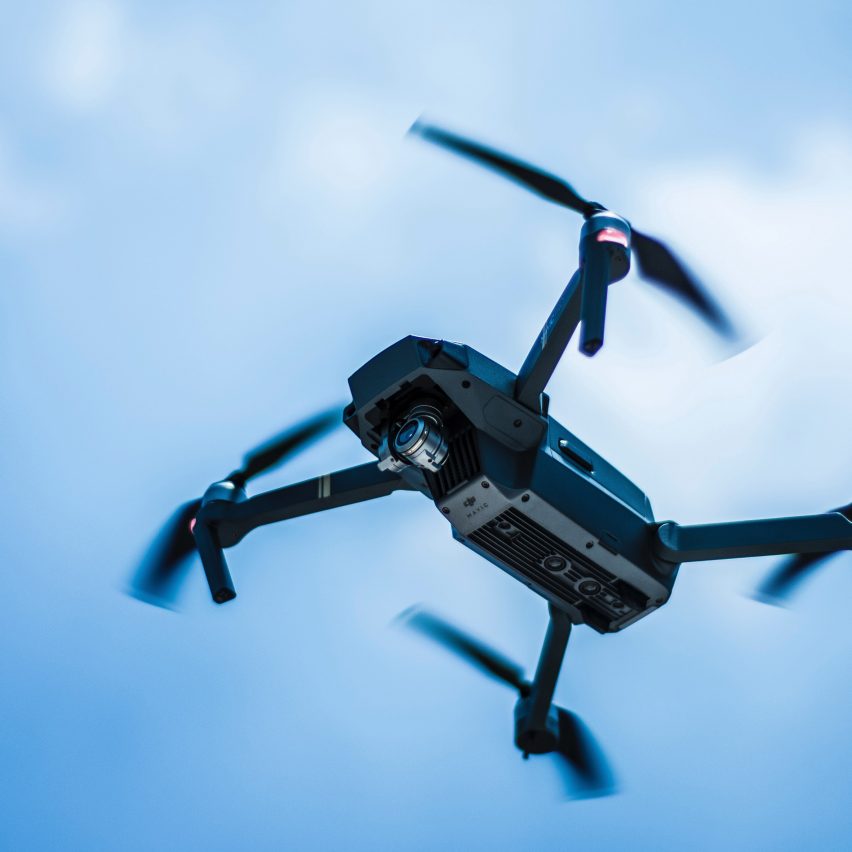
Customers of supermarket giant Walmart may soon be able to summon assistance from unmanned aerial vehicles using mobile electronic devices.
The vehicles will help locate products in store and advise on prices by crosscheck information stored on the store's central databases.
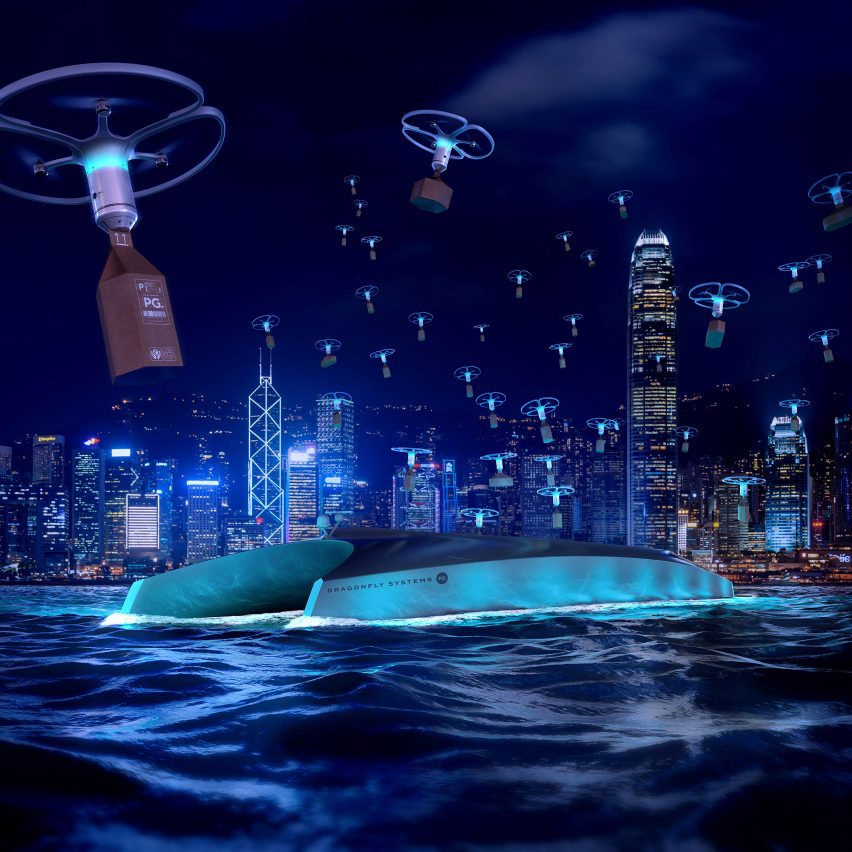
PriestmanGoode's fleet of urban delivery drones, called Dragonfly, are featured in Dezeen's documentary.
Working in conjunction with autonomous barges – that act as charging stations and distribution hubs – the drones deliver packages by docking on landing pads placed on the roofs or sides of buildings.
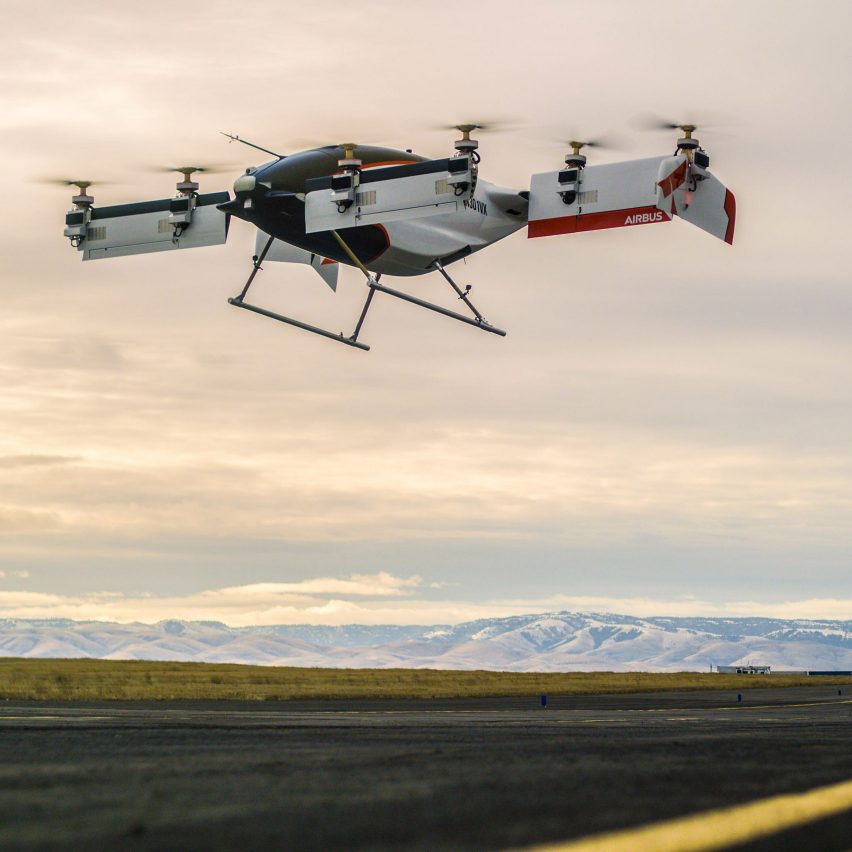
Airbus' electric air taxi Vahana, successfully made its first test flight in February 2018, reaching a height of five metres for a duration of 53 seconds.
Anticipating speeds two to four times faster than cars, the full-scale aircraft is 2.8 metres tall, 5.7 metres high and 6.2 metres wide, with a flight range of about 50 miles.

Walmart is looking to revolutionise farming processes with the use of robotic alternatives to bees.
Taking the form of a multicopter – a type of aerial vehicle that flies using two or more rotating blades – the "bees" would use cameras and sensors to find the locations of crops where they would distribute pollen.
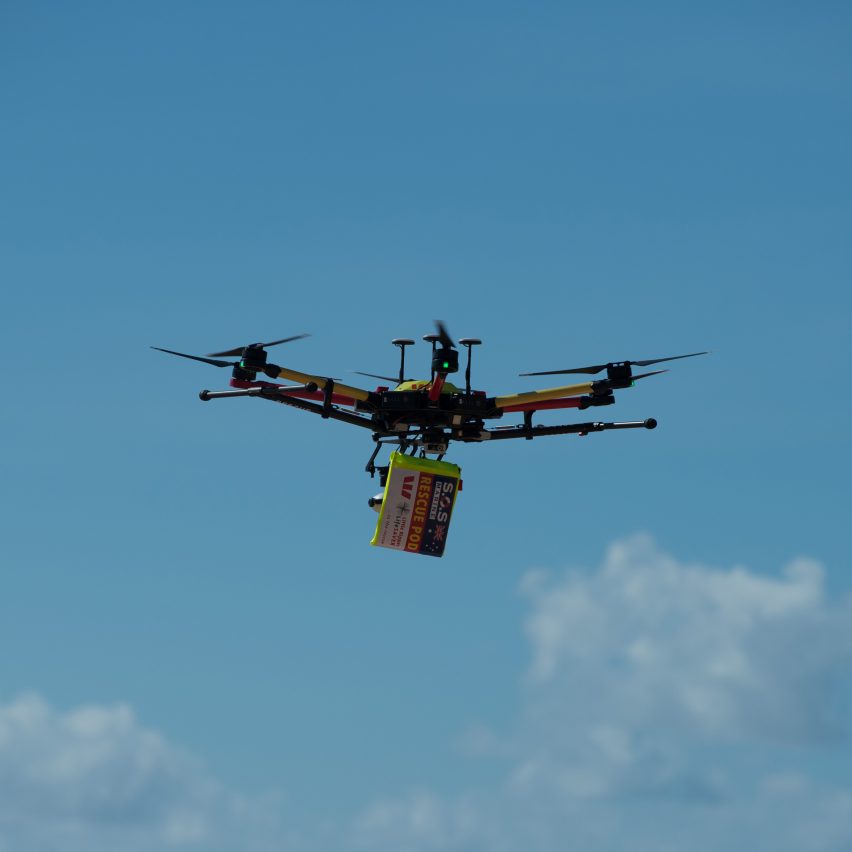
Allegedly achieving in 70 seconds what would have taken a lifeguard at least six minutes, the Little Ripper rescue drone saved two teenage swimmers stuck in a rip current by dropping an inflatable rescue pod.
The rescue, which took place in New South Wales, Australia, was hailed as the first of its kind.
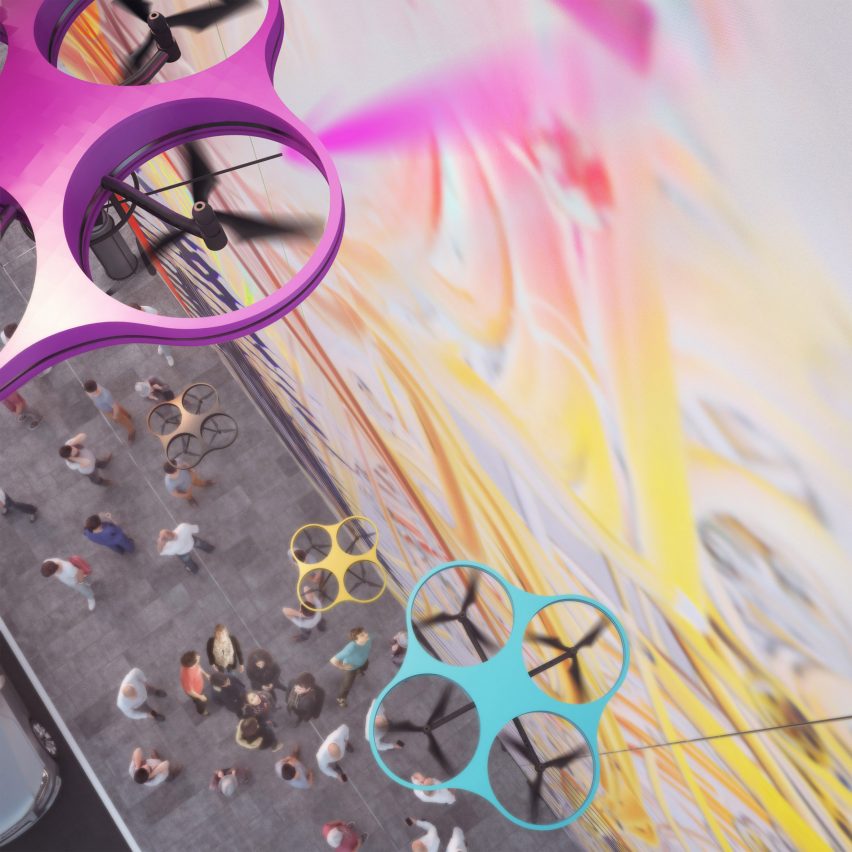
Italian architect Carlo Ratti has designed a system that uses flying robots to replicate the traditional printing process.
"Imagine how this could make the realisation of works of public art both easier and safer, in urban contexts as well as the infrastructure level – for example alongside highways, within railway galleries, on bridges and viaducts," said Carlo Ratti.
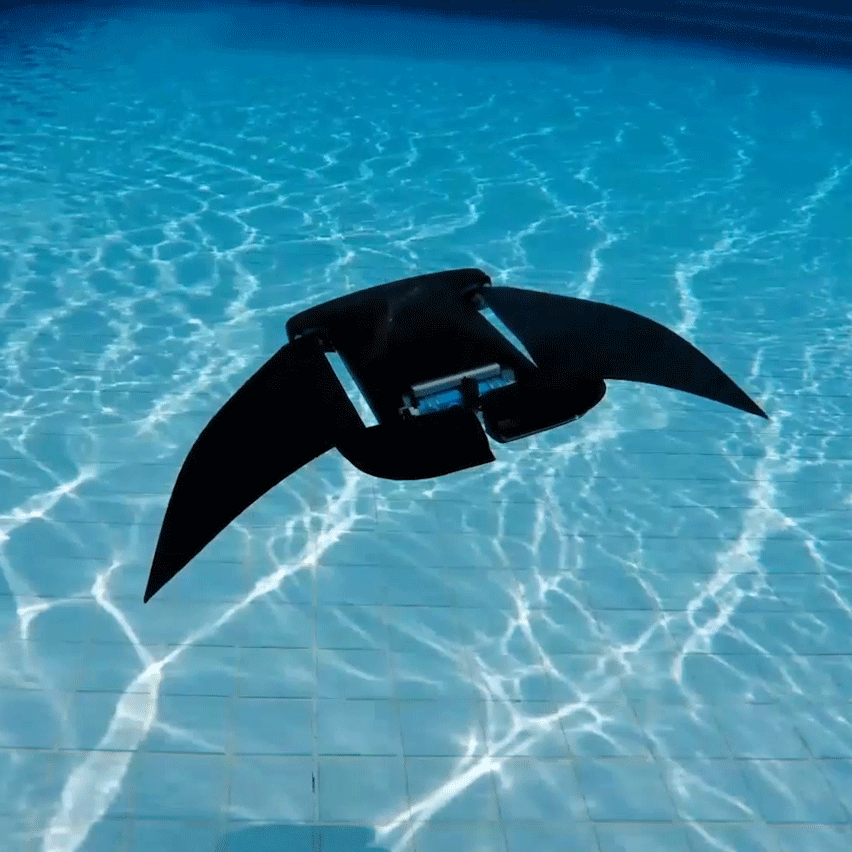
Designed to be used for underwater surveillance and marine biodiversity studies, the MantaDroid mirrors the moves and looks of a mantra ray, to disguising it in aquatic surroundings.
It offers an inconspicuous alternative to conventional underwater vehicles.
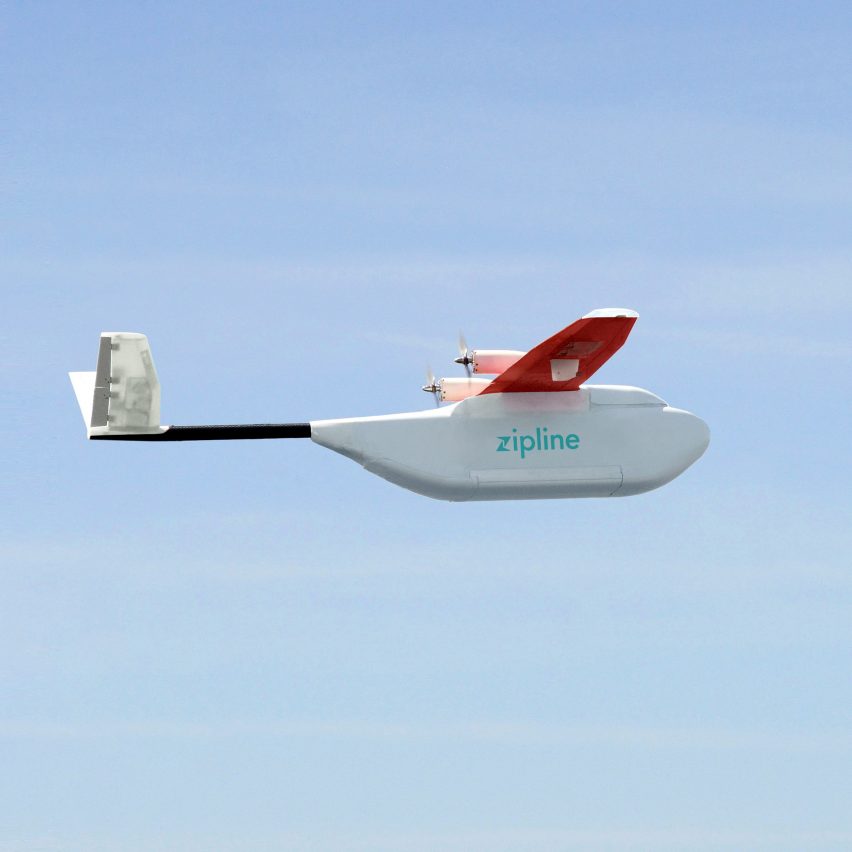
The world's first commercial medical supplies drone delivery system, Zipline, is designed to deliver blood, vaccines, and other critical supplies to health workers in remote areas.
Prompted by a mobile phone message, the drones deliver supplies via parachute within minutes; each can fly 500 deliveries in 24 hours, carrying up to 1.5 kilograms at a time.
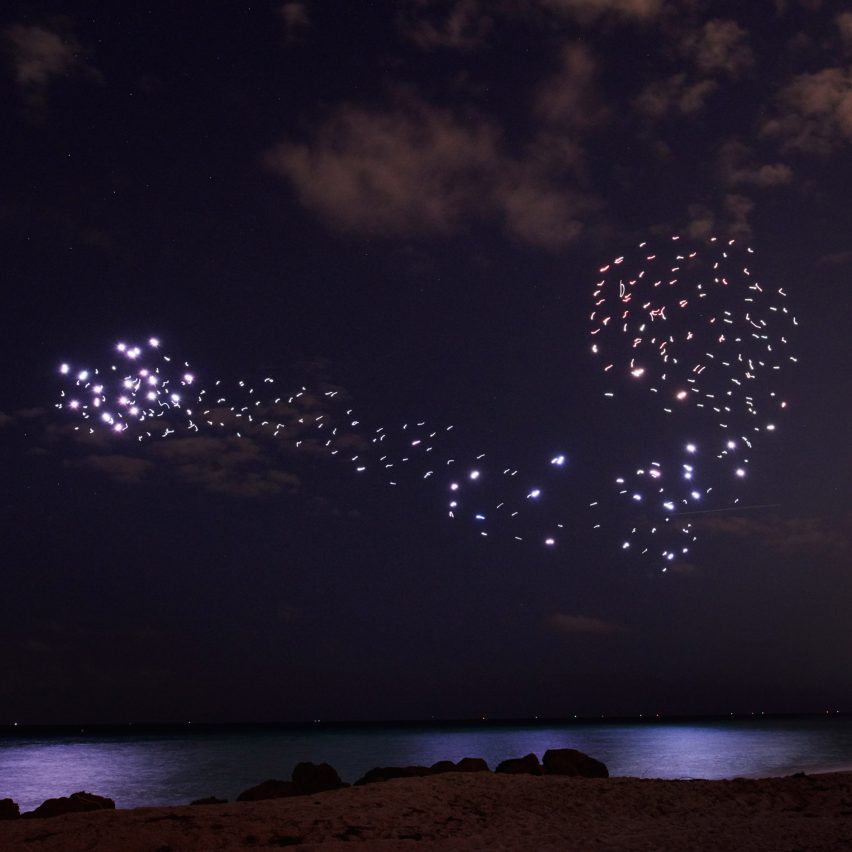
Amsterdam-based Studio Drift choreographed 300 drones to mimic a flock of birds over Miami Beach during 2017 art week.
The studio uses algorithms in much of its work, such as an artificial tree installed at last year's Burning Man festival that illuminated with "light flocks".
Drones could be a valuable tool in construction, widening the spectrum of what's possible in architecture, according to architect Ammar Mirjan.
"We can fly [drones] through and around existing objects, which a person couldn't do or a crane couldn't do," explains Mirjan. They can be programmed to weave simple tensile structures in the air, for example.

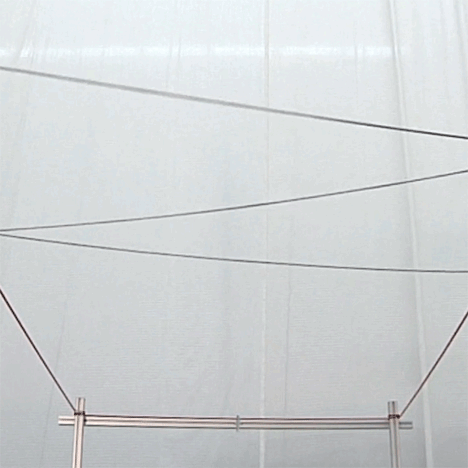
No comments:
Post a Comment